I am researching best practices for developing 'classic' style mobile sites, i.e., mobile sites that are delivered and experienced as mobile HTML pages vs. small JavaScript applications (jQuery Mobile, Sencha, etc.).
There are two prevailing approaches:
- Deliver the same page structure (HTML) to all mobile devices, then use CSS media queries or JavaScript to improve the experience for more capable devices.
- Deliver an entirely different page structure (and possibly content) to devices with enhanced capabilities.
I'm specifically interested in best practices for the second approach. Two good examples are:
- MIT's mobile site: different for Blackberries and feature(less) phones than for iOS & Android devices, but available at the same URLs -- http://m.mit.edu/

- CNN's mobile site: ditto -- http://m.cnn.com/

I'd like to hear from people here at SO have actually worked on something like this, and can explain what the best practices are for delivering this type of device-dependent structure/content/experience.
I don't need a primer on mobile user-agent detection, or WURFL, or any of the concepts covered in other (great) SO threads like this one. I've used jQuery Mobile and Sencha Touch and I'm familiar with most approaches for delivering the final mobile experience, so no pointers required there either thanks.
What I really would like to understand is: how these specific types of experiences are delivered in terms of server-side detection and delivery based on user-agent groups -- where there's one stripped down page structure (different HTML) delivered to one group of devices, and another richer type of HTML document delivered to newer devices, but both at the same sub-domain / URLs.
Hope that all makes sense. Many thanks in advance.
